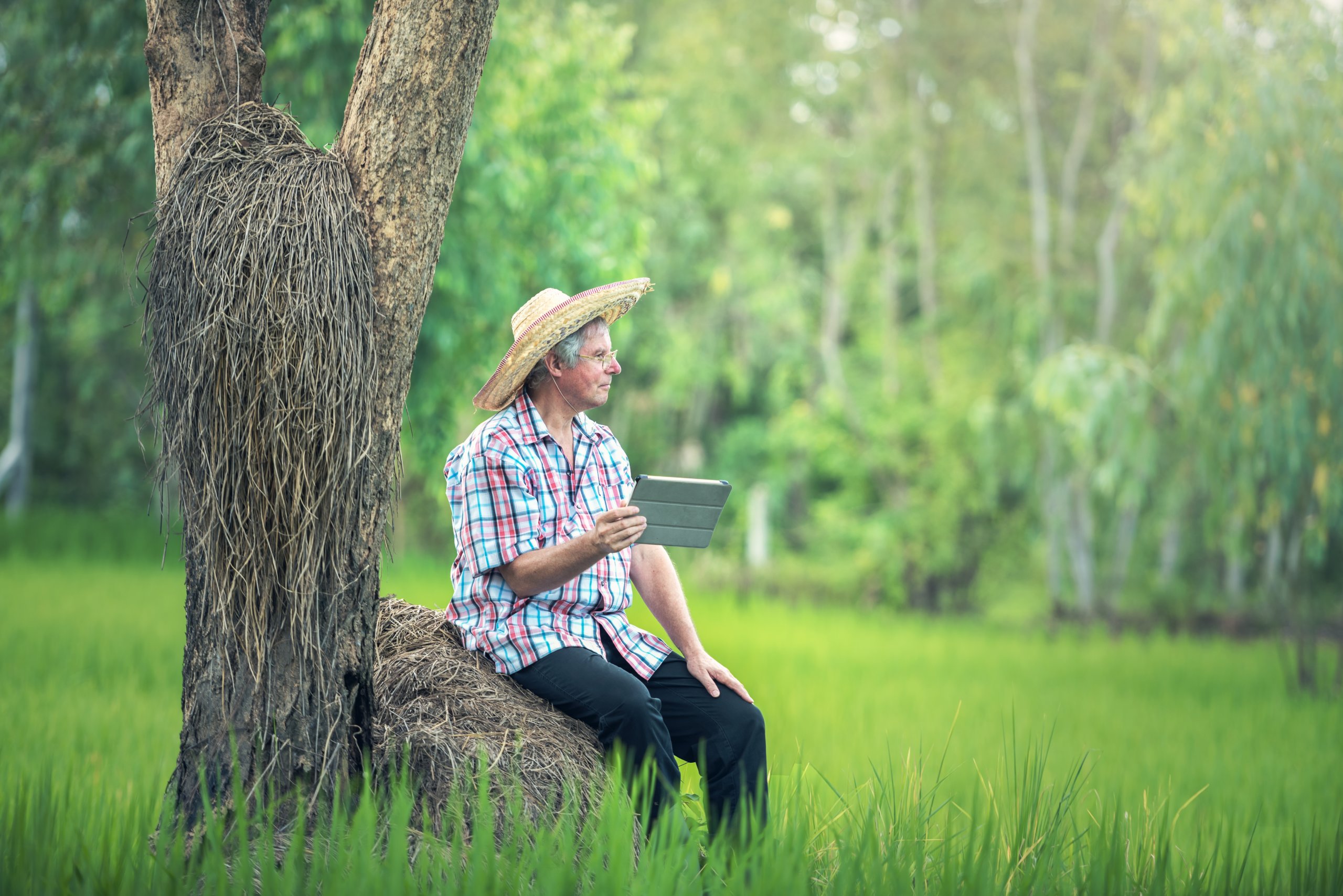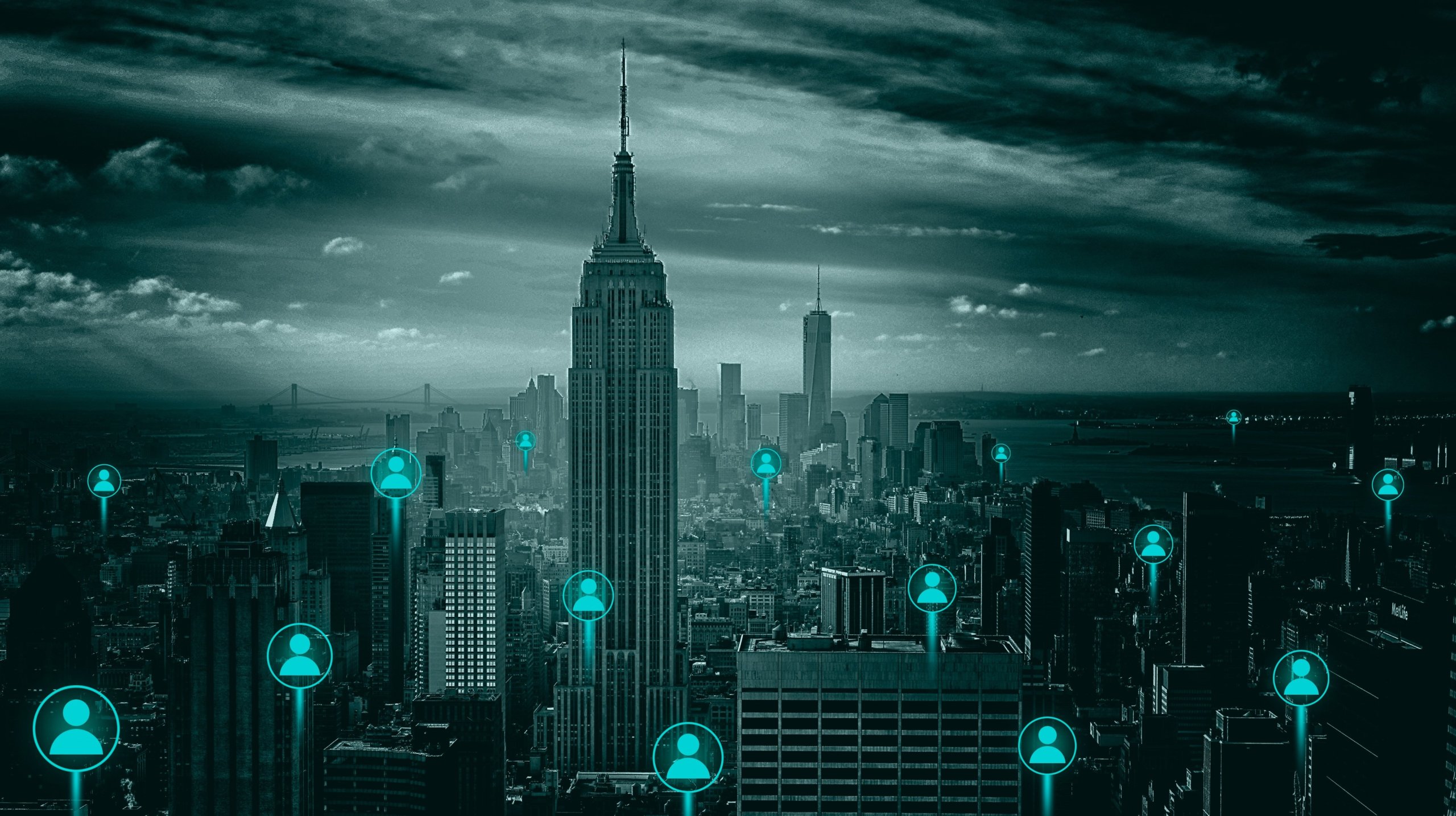
When you take a traditional device and give it new connectivity capabilities, you can accomplish some amazing feats. To see this in action, look no further than your house.
Your thermostat, lights, and stereo all play a part in making you feel at home. But to manage each of them requires some manual calibration. However, when you connect these items through the Internet of Things (IoT), all it takes is one click to “tune” your environment to match your preferences and needs.
IoT’s ability to push, pull, and act upon data from the physical world is changing our relationship with items all around us. And as a result, it’s also transforming nearly every sector. Let’s take a look at how IoT development is changing agriculture, healthcare, and transportation.
IoT In Agriculture
Imagine if a farmer could manage an entire farm through a smartphone. Security cameras, livestock corrals, irrigation equipment, tractors — all of these can be connected via IoT so they work better together. In fact, this is opening up a new age for agriculture: Welcome to the era of precision farming.

Heres how Remi Schmaltz, the CEO and Co-Founder of Decisive Farming, defines precision farming: “Everything that makes the practice of farming more accurate and controlled when it comes to the growing of crops and raising livestock.”
Thanks to IoT, farmers can now manage every minute detail of their operations. Moisture, soil nutrition, plant health, weather patterns, real-time movement of cattle… all can be seamlessly monitored by IoT. And when combined with advanced data analytics, farmers can unearth game-changing insights that enable them to optimize their yield.
Many innovators are aware of this potential and are actively working on solutions to make it a reality. For instance, GroundCover is using farm images to track and predict potato yields. Using analytics tools, Monsanto’s Integrated Farming System (IFS) can dole out advice for planting and seeding. And to help manage cattle health, GrowSafe Systems employs a network of sensors and analytics to track animal movement and detect diseases.
It’s clear that IoT in agriculture brings a plethora of advantages. Besides the insights it offers, IoT can also substantially boost productivity by automating many of the arduous and monotonous day-to-day processes of farming. Not only do farmers benefit from these new abilities, but consumers do as well. IoT is paving the way for better food safety and mitigated crop failure risks.
IoT In Healthcare
In healthcare, IoT is known as the Internet of Medical Things (IoMT). Consisting of practically all medical devices, patient monitoring tools like wearables, and other Internet-connected equipment, IoMT is changing the way medical stakeholders approach every aspect in their field. For example, it’s allowing us to decrease ER wait times and manage assets seamlessly.
But perhaps the biggest impact IoMT is making lies in remote patient monitoring. 60 million Americans live in rural areas. That’s 20% of the total U.S. population. For this large group of people, a traditional trip to the doctor is costly and inconvenient.
And when you consider another statistic, this problem becomes even worse: 60% of Americans are also afflicted with at least one chronic disease. Sufferers of chronic illnesses usually have to visit a medical facility multiple times a month. Fortunately, IoT is easing this burden by making telehealth more viable.
With telehealth capabilities, patients can check in and consult their doctors from anywhere. And this isn’t limited to just conversations and inquiries. With connected devices like wearables, patients and providers can perform simple measurements and tests together. As a result, they can get real-time feedback on their progress and update care plans accordingly.
While this may sound like science fiction, it’s very much a reality already. The University of Mississippi Medical Center recently piloted a remote monitoring program for diabetes patients in the surrounding rural areas. For these patients, all appointments were conducted through telehealth and connected devices.
After the study was completed, researchers found that participants had saved themselves approximately 10,000 miles of travel. And that’s not even the best part — none required an emergency trip to a medical facility. It’s clear that IoT-enabled telehealth has enormous potential to save lives, time, and money.
IoT In Transportation
Better management of traffic, parking spots, buses, and trains would undoubtedly lead to a better experience for city dwellers. Fortunately, IoT is making this easier to accomplish than ever before. One of the most exciting digital transformations occurring right now is the merger of city transit and IoT.
Today, we already have multiple cities and states piloting IoT-enabled technologies to improve transportation. By connecting everything from infrastructures and mass transit systems to street lights and signage, these programs are streamlining safe, sustainable, and friction-free transportation.

Of course, a real smart city needs a brain behind it to make operations as seamless as can be. That’s where artificial intelligence (AI) and machine learning come in. By combining these technologies with IoT, cities can automate better decision-making.
Together, AI and IoT make it possible to predict when tow trucks, snow plows, and other emergency response vehicles should be deployed. For example, by aggregating and analyzing weather patterns, city planners can preemptively deploy salt trucks to problematic roadways. Similarly, they can also predict when thick fog may appear and give drivers a heads-up through roadway signage. All of this adds up to more efficient, safer travel.
IoT Is Everywhere
Regardless of whether you’re a San Francisco developer or a farmer in rural Mississippi, IoT innovation is affecting the way we work, play, and live. It’s opening up opportunities to get us where we need to go faster, maintain our health better, and produce food more sustainably.
What’s your favorite IoT application right now? And what industry do you think IoT is impacting the most? Let us know in the comments!





